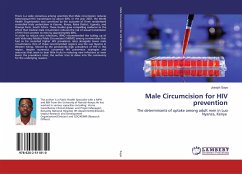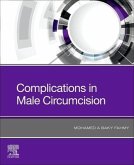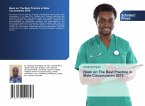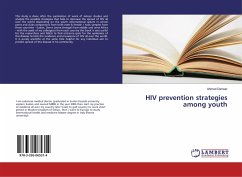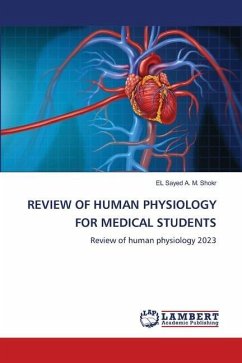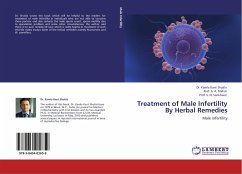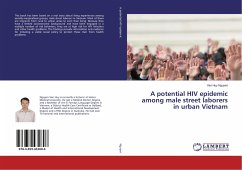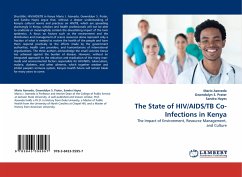There is a wide consensus among scientists that Male circumcision reduces heterosexual HIV transmission by about 60%. In the year 2007, the World Health Organization was convinced by the outcome of three randomized controlled trials undertaken in Kisumu, Kenya, Rakai District, Uganda, and Orange Farm, South Africa. These studies gave compelling evidence to the effect that medical male circumcision reduces the risk of sexual transmission of HIV from women to men by approximately 60%.In order to reduce new infections, WHO recommended the scaling up of safe Voluntary Medical Male Circumcision (VMMC) among communities that had so far recorded higher HIV prevalence rates alongside lower male circumcisions. One of these recommended regions was the Luo Nyanza in Western Kenya. Moved by the persistently high prevalence of HIV in this region, despite numerous concerted HIV prevention strategies and resources that seem to bear little fruits in reducing new infections or even lower the prevalence rates; the author tries to delve into the community for the underlying reasons.
Bitte wählen Sie Ihr Anliegen aus.
Rechnungen
Retourenschein anfordern
Bestellstatus
Storno

